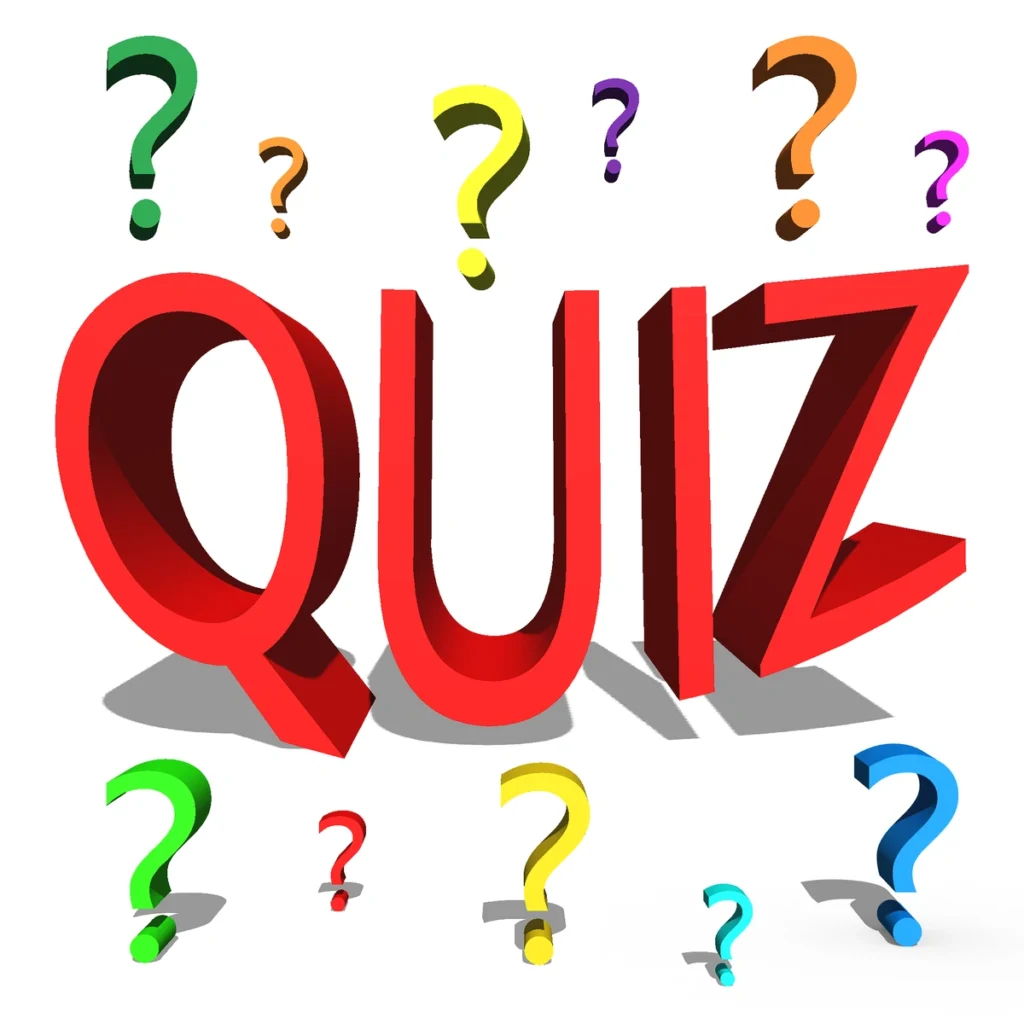All Articles
Learn Korean Slang from No-Bakku Tak Jae-hoon’s Wildest Scene
On “No-Bakku Tak Jae-hoon,” chaos unfolds as bold YouTuber Gwa-jeup Se-yeon reenacts her fan-requested curse-dance…
Learn Korean Slang from SNL Korea: What “Bural Chingu” Really Means
SNL Korea’s “부랄 친구” sketch pushes boundaries with slang like “testicle buddies,” but it’s not…
Learn Korean Slang from SNL Korea: “이 새끼” and Other Real Talk
Korean sketch comedy doesn’t shy away from harsh language—and SNL Korea shows just how intense…
Transform Korean Verbs with -gi, -neun, -go, -ge Easily
Transformative endings like -기, -는, -고, and -게 don’t just end thoughts—they reshape verbs to…
Korean Connective Endings Quiz: 100 Real-Life Practice Questions
Korean connective endings like -고, -서, -지만, -자마자 help link thoughts smoothly across clauses.
This 100-question…
Master Korean Connective Endings with Real-Life Dialogues
Korean is a language of flowing thoughts. Connective endings like -아서, -니까, -지만 are the…
Korean Sentence-Final Endings: Master Tone and Politeness Naturally
종결어미 (sentence-final endings) are how Korean sentences express intent, tone, and politeness. Whether you’re asking,…
Master Korean Verb Structure with Pre-final Endings
Korean verbs pack in tense, politeness, and nuance not by adding new words, but by…
Korean Final Endings Explained: Speak Naturally and Respectfully
Korean final endings (어말어미) do more than finish sentences—they shape your tone, reflect your respect,…








